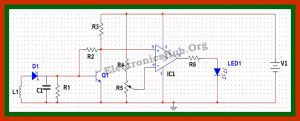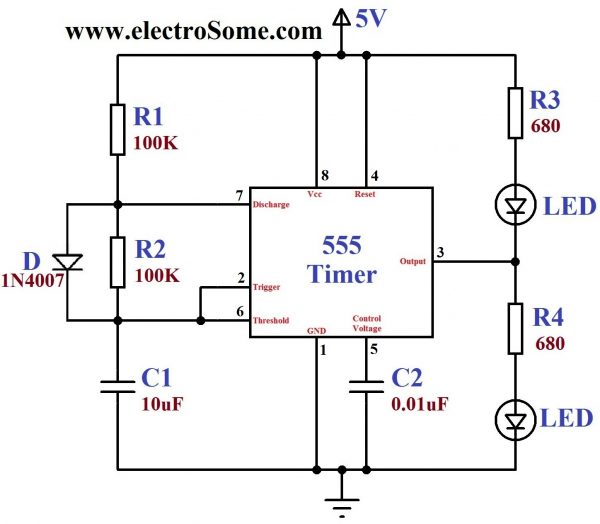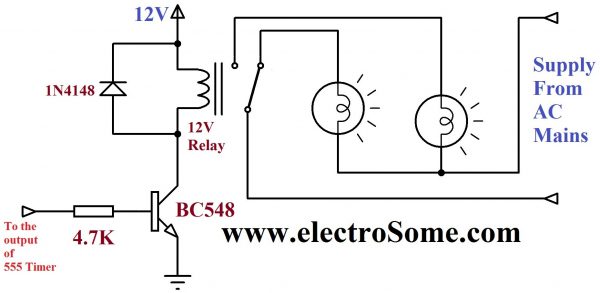Discription:
Protect your valuable laptop against theft using this miniature alarm generator. Fixed in-side the laptop case, it will sound a loud alarm when someone tries to take the laptop. This highly sensitive circuit uses a homemade tilt switch to activate the alarm through tilting of the laptop case. The circuit uses readily available components and can be assembled on a small piece of Vero board or a general-purpose PCB.
It is powered by a 12V miniature battery used in remote control devices. IC TLO71 (IC1) is used as a voltage comparator with a potential divider comprising R2 and R3 providing half supply voltage at the non-inverting input (pin 3) of IC1. The inverting input receives a higher voltage through a water-activated tilt switch only when the probes in the tilt switch make contact with water.
When the tilt switch is kept in the horizontal position, the inverting input of IC1 gets a higher voltage than its non-inverting input and the output remains low. IC CD4538 (IC2) is used as a monostable with timing elements R5 and C1. With the shown values, the output of IC2 remains low for a period of three minutes. CD4538 is a precision monostable multivibrator free from false triggering and is more reliable than the popular timer IC 555.
circuit diagram





.png)




